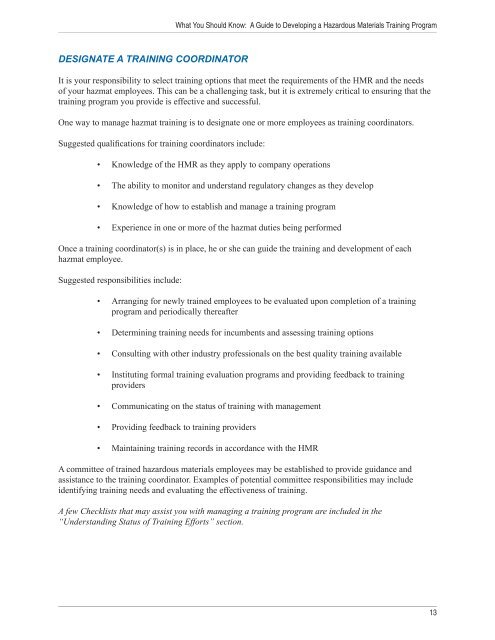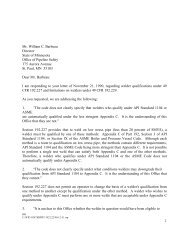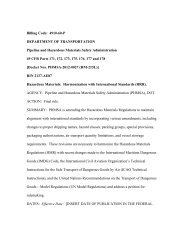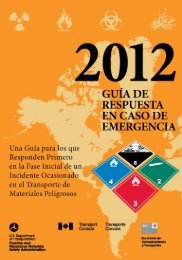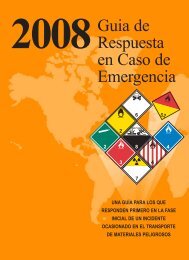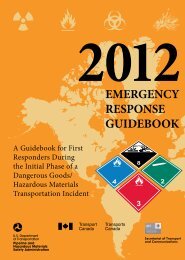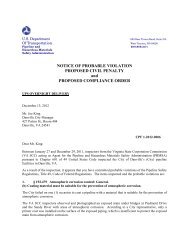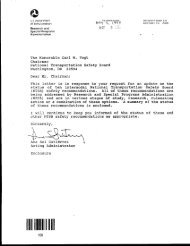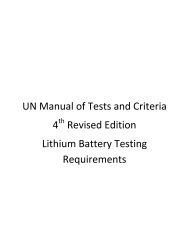Training Guidance7609am.indd - PHMSA - U.S. Department of ...
Training Guidance7609am.indd - PHMSA - U.S. Department of ...
Training Guidance7609am.indd - PHMSA - U.S. Department of ...
You also want an ePaper? Increase the reach of your titles
YUMPU automatically turns print PDFs into web optimized ePapers that Google loves.
DESIGNATE A TRAINING COORDINATOR<br />
What You Should Know: A Guide to Developing a Hazardous Materials <strong>Training</strong> Program<br />
It is your responsibility to select training options that meet the requirements <strong>of</strong> the HMR and the needs<br />
<strong>of</strong> your hazmat employees. This can be a challenging task, but it is extremely critical to ensuring that the<br />
training program you provide is effective and successful.<br />
One way to manage hazmat training is to designate one or more employees as training coordinators.<br />
Suggested qualifi cations for training coordinators include:<br />
•<br />
•<br />
•<br />
•<br />
Knowledge <strong>of</strong> the HMR as they apply to company operations<br />
The ability to monitor and understand regulatory changes as they develop<br />
Knowledge <strong>of</strong> how to establish and manage a training program<br />
Experience in one or more <strong>of</strong> the hazmat duties being performed<br />
Once a training coordinator(s) is in place, he or she can guide the training and development <strong>of</strong> each<br />
hazmat employee.<br />
Suggested responsibilities include:<br />
•<br />
•<br />
•<br />
•<br />
•<br />
•<br />
•<br />
Arranging for newly trained employees to be evaluated upon completion <strong>of</strong> a training<br />
program and periodically thereafter<br />
Determining training needs for incumbents and assessing training options<br />
Consulting with other industry pr<strong>of</strong>essionals on the best quality training available<br />
Instituting formal training evaluation programs and providing feedback to training<br />
providers<br />
Communicating on the status <strong>of</strong> training with management<br />
Providing feedback to training providers<br />
Maintaining training records in accordance with the HMR<br />
A committee <strong>of</strong> trained hazardous materials employees may be established to provide guidance and<br />
assistance to the training coordinator. Examples <strong>of</strong> potential committee responsibilities may include<br />
identifying training needs and evaluating the effectiveness <strong>of</strong> training.<br />
A few Checklists that may assist you with managing a training program are included in the<br />
“Understanding Status <strong>of</strong> <strong>Training</strong> Efforts” section.<br />
13


